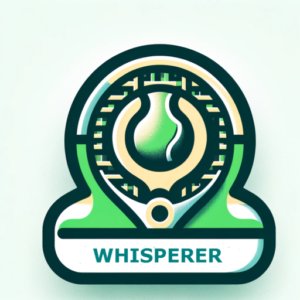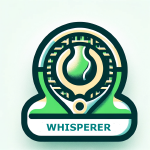Tennis IQ Starts with Your Senses
Using All Your Senses: A Smarter Way to Improve Your Tennis
Most players try to improve their strokes by tweaking technique—but often overlook their best built-in tools: sight, sound, and feel. These three senses form a powerful feedback loop that helps you recognize what’s working and fix what isn’t—without needing a coach by your side every moment.
Even small improvements in how you use your senses can lead to noticeable results in timing, consistency, and shot confidence.
1. Sight: See the Ball Until the End
If there’s one habit to master, it’s watching the ball all the way into your strings. Studies and coaching experience show that more than 90% of errors happen because players don’t fully track the ball. Most look up too early—toward the target or their opponent—and lose focus at the moment of contact.
-
Groundstrokes: Focus on the ball coming off your opponent’s racquet and follow it into your contact zone. Try to see it blur against your strings.
-
Volleys: Keep your eyes on the ball, especially when at net—quick exchanges require sharp focus and short swings.
-
Serves: Watch your toss until the moment you strike it. Don’t let your eyes chase the ball down the court before you’ve even hit it.
2. Sound: Let the Ball Tell You
Sound is an underused but powerful tool. A clean shot makes a sharp pop, while a mis-hit often sounds dull or off. The sound tells you if your timing and contact were solid—even before the ball lands.
-
Forehand/Backhand: A satisfying “whack” tells you you’re hitting cleanly. If not, your timing might be off.
-
Serve Returns: Listen to the sound of the serve—it gives you early clues about power and spin.
-
Overheads and Smashes: A solid overhead sounds like a snap. If it feels weak, it probably sounded weak, too.
An easy mental cue: Watch the ball until you hear the sound of the hit. This delays your instinct to look up and keeps your head still through contact.
3. Feel: Learn What “Right” Feels Like
As you get more experience, your body starts to recognize the feeling of a good shot. This is muscle memory working for you. The goal is to develop a clear internal sense of what solid contact feels like—so you can adjust without overthinking.
-
Serve: A smooth, low-vibration hit usually means your toss and timing are dialed in.
-
Groundies: You should feel like you’re using easy power not forcing the shot.
-
Slices and Volleys: Good shots will feel crisp and balanced—not heavy or jarring.
Wrap: Tune Into the Game
Tennis isn’t just about hitting balls—it’s about reading, responding, and adjusting in real time. When you start using your eyes, ears, and hands as your guide, you stop guessing and start noticing. Every shot becomes a small lesson. The court becomes less chaotic, and your mind gets calmer because you’re in tune with what’s actually happening.
Don’t wait until match day to use your senses—train with them. Build that feedback loop into your regular practice. You’ll play smarter, adapt faster, and feel more in control. That’s not just good tennis. That’s progress.




